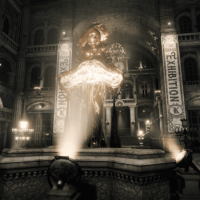Metroid Dread: Tradition And Lackluster Innovation
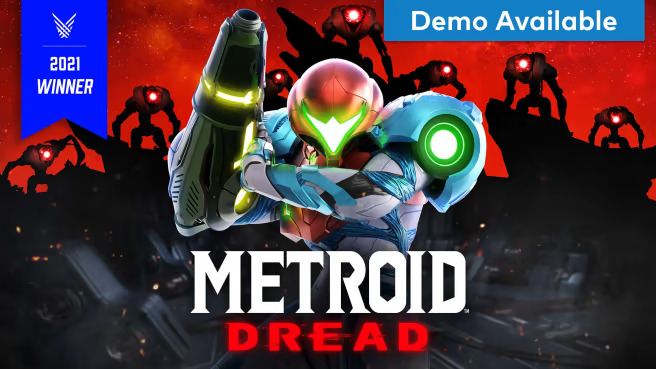
Metroid Dread, the latest addition to the popular Metroid series developed by Nintendo and MercurySteam, has been a highly anticipated release among fans of the franchise. The game has been praised for its stunning visuals and adherence to the series’ traditional side-scrolling 2D gameplay. However, despite these strengths, Metroid Dread falls short in terms of introducing genuinely new ideas and suffers from overly complicated controls that cannot be remapped.
This article will delve into the game’s commitment to tradition and its lackluster innovation. The first section will explore how Metroid Dread adheres to the series’ established gameplay mechanics and how this affects the overall experience.
The second section will focus on the game’s control accessibility issues and how this can impact players’ ability to fully immerse themselves in the game’s world.
Lastly, the article will examine the lack of successful innovation in Metroid Dread and how this could impact the longevity of the franchise. Overall, this article aims to provide an objective analysis of Metroid Dread’s strengths and weaknesses and how they contribute to the game’s overall reception.
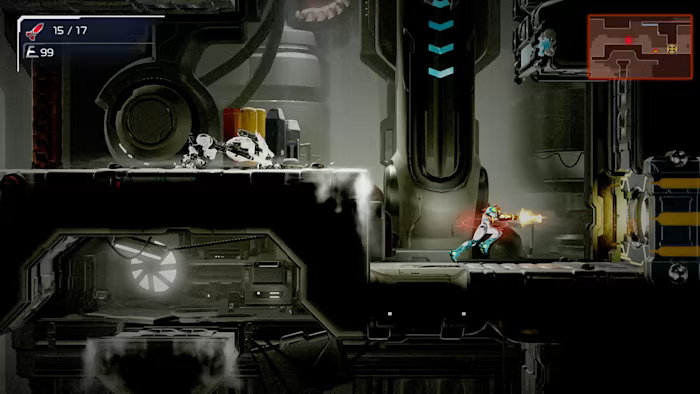
Key Takeaways
- Metroid Dread is a highly anticipated release among fans of the franchise, featuring stunning visuals and traditional side-scrolling 2D gameplay.
- However, the game falls short in introducing genuinely new ideas and its controls are overly complicated and cannot be remapped.
- While the game adheres to tradition with its side-scrolling 2D roots and series-specific combat mechanics, the lack of successful new ideas undermines this dedication to tradition.
- The addition of the E.M.M.I. enemy is a novel concept, but encounters feel like a minor inconvenience, ultimately preventing the game from standing out from its predecessors.
Adherence to Tradition
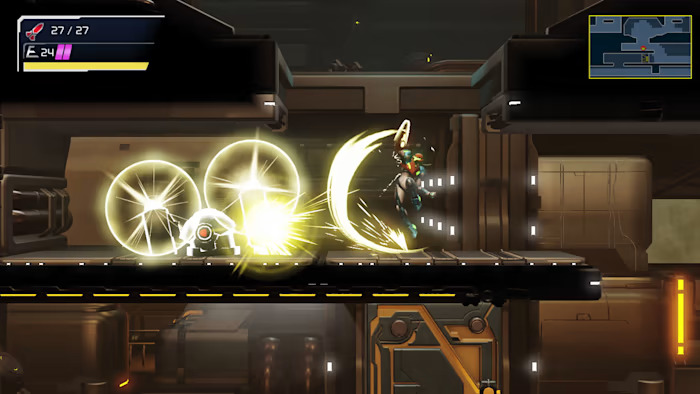
The adherence to tradition in Metroid Dread is evident in its side-scrolling 2D roots and commitment to series-specific combat mechanics. The game’s developers, Nintendo and MercurySteam, have preserved the core gameplay elements that have made the series so beloved by fans.
Players once again control Samus Aran as she explores a labyrinthine map, collecting power-ups and upgrades that allow her to access previously inaccessible areas. The combat system is also faithful to the series, with players using a variety of weapons and abilities to defeat enemy creatures.
However, this dedication to tradition is undermined by the game’s lack of successful new ideas. While the visuals and animation are lavish and polished, the gameplay itself feels like a retread of previous entries in the series.
The addition of the E.M.M.I. enemy, which patrols certain regions of the map, is a novel concept, but the penalty for failure against it is minimal, making encounters with the creature feel more like a minor inconvenience than a true threat.
Overall, while Metroid Dread is a competent entry in the series, its lack of innovation makes it feel more like a safe retreat than a bold step forward.
Issues with Control Accessibility
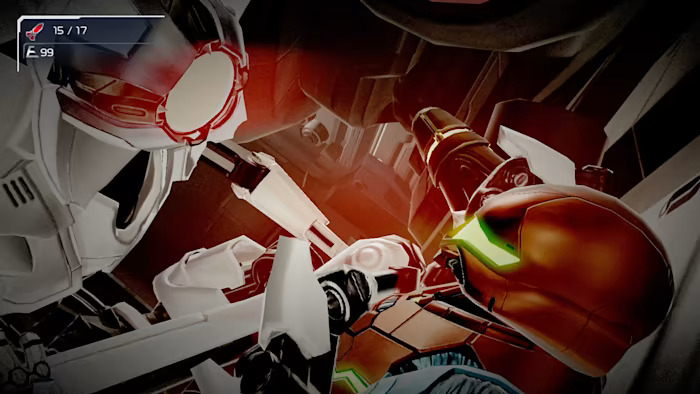
Accessing controls in Metroid Dread is akin to navigating a labyrinthine maze with a blindfold on, creating a significant obstacle for players to overcome. The game’s control scheme is overly complicated, with a multitude of buttons and commands that can be difficult to remember and execute.
There is also no option to remap the button layout, which can be frustrating for players who prefer a different configuration. This issue is further exacerbated by the game’s fast-paced combat and platforming, which require precise inputs and quick reflexes.
The lack of accessibility in the control scheme can be a genuine barrier to entry, especially for new players who may find themselves struggling to master the controls. While the counter-attack move from Samus Returns has been refined, it is not enough to offset the cumbersome control scheme and the difficulty it presents.
Overall, the control accessibility issues in Metroid Dread detract from the overall experience and prevent the game from reaching its full potential.
Lack of Successful Innovation
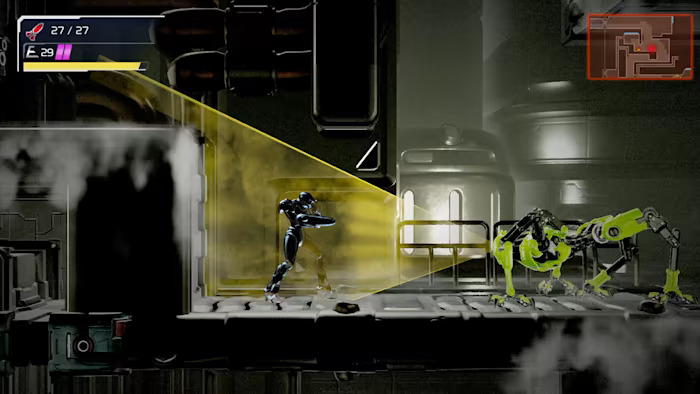
One aspect of the game that falls short of expectations is the dearth of creative and groundbreaking ideas. While Metroid Dread adheres closely to the series tradition, it does not offer anything significant to make it stand out from its predecessors.
The game is essentially a retread of the same old formula, with little innovation to speak of. The game’s E.M.M.I. enemy is perhaps the most notable addition, but even this feature falls short. While the E.M.M.I. is a formidable foe that patrols certain regions of the map, the penalty for failing to escape its grasp is minimal.
As a result, this new enemy feels more like a distraction than a genuine game-changer. Ultimately, the lack of successful innovation in Metroid Dread leaves players with a feeling of disappointment and a sense that the game could have been so much more.
Metroid Dread Frequently Asked Questions
What is the penalty for failure against the E.M.M.I. enemy?
The penalty for failure against the E.M.M.I. enemy in Metroid Dread is minimal. The player is sent back to the last checkpoint, and any progress made in the area is lost. However, this penalty does not deter from the overall gameplay experience.
Are there any new gameplay mechanics introduced in Metroid Dread?
Metroid Dread introduces some new gameplay mechanics such as a sliding ability, grappling hook, and a melee counter-attack move. However, there is a shortage of genuinely innovative ideas in the game.
How does the counter-attack move from Samus Returns differ in Metroid Dread?
In Metroid Dread, the counter-attack move from Samus Returns has been improved by allowing players to perform it while moving, which increases its usefulness in combat. This refinement adds a new layer of depth to the combat system.
How do the visuals and animation in Metroid Dread compare to previous games in the series?
The visuals and animation in Metroid Dread are lavish and polished compared to previous games in the series. The game’s commitment to tradition is evident in its side-scrolling 2D roots, but the lack of successful new ideas may disappoint players.
Does Metroid Dread offer any options for remapping the button layout?
Regrettably, Metroid Dread does not provide the option to remap button layouts. This oversight is compounded by the game’s overly complicated controls, which may deter players from enjoying its otherwise polished combat mechanics and visuals.
Conclusion
Metroid Dread is a game that is both a tribute to tradition and a testament to the series’ identity crisis. While the game retains the series’ 2D side-scrolling roots and boasts visually stunning graphics, it falls short in terms of introducing genuinely new ideas.
The addition of the new E.M.M.I. enemy adds some excitement, but the penalty for failure is minimal. Furthermore, the game’s overly complicated controls cannot be remapped, making it difficult for players to customize their gaming experience.
Despite these shortcomings, Metroid Dread remains a solid addition to the series. Its adherence to tradition is a testament to the franchise’s enduring popularity, and its ability to attract new players is a testament to its success.
However, the lack of successful innovation is a missed opportunity for the series to evolve and grow. Nevertheless, Metroid Dread is a game that fans of the series will enjoy, and newcomers will appreciate for its stunning visuals and engaging gameplay.
It may not be perfect, but it is a solid addition to the Metroid franchise.
Metroid Dread
- ESRB Leaks Major Re-release: Beyond Good and Evil 20th Anniversary Edition - December 15, 2023
- Valve’s Game-Changing Deal: Revamped Steam Decks - December 14, 2023
- Capcom’s Game Sales Skyrocket With Blockbuster Releases - December 13, 2023



